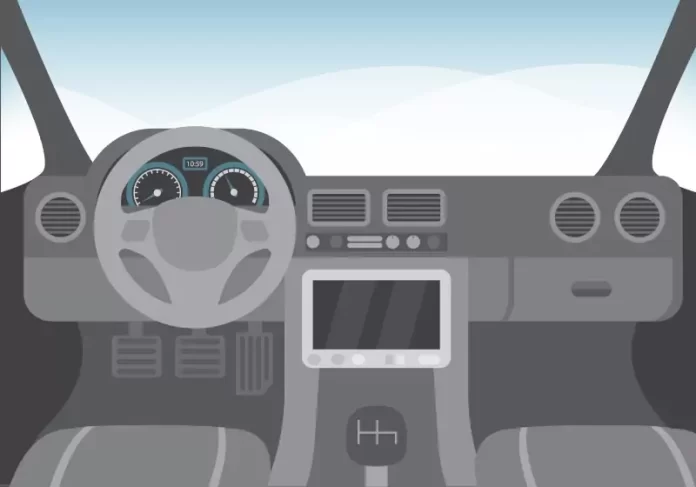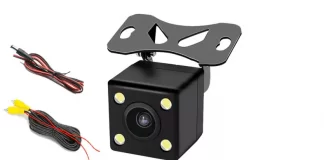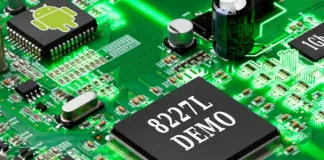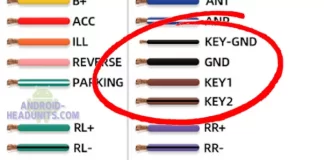Factory-fitted car head units come in all qualities, shapes, and sizes. Some even came out of the factory without a car radio or sound system.
In the early days
Cars still around today often have (or have the space for) a single DIN car radio or the possibility of a Double DIN car stereo. The double DIN is twice the height of a single DIN but the same width, and it is a rectangular shape with 90-degree corners.
Later years
As time passed, car stereo theft became endemic. The universal and standard fitting of these single DIN radios with standard ISO connectors made it easy to swap stereos between cars. A stereo bought for one car could easily be stolen and sold to people who didn’t ask the right questions, and it would fit their car. The single DIN and ISO connectors would slot straight in.
Security
Security included a removable front panel that made the radio non-functional without it. The idea was you could slip the front panel into your pocket and leave the bulk of the stereo in the car. This made the car stereo less appealing to thieves because they couldn’t sell it as a working stereo without the removable face plate.
Some manufacturers, notably Ford, produced a custom-fit head unit. This looks similar to a double DIN but has significant differences in shape and connectors, making it virtually impossible to fit into a different car. Thus, it was less appealing to thieves because it didn’t fit most cars.
Coding
To prevent theft of a custom car stereo and its installation in a specific make and model, ‘coding’ was introduced. A secret code was programmed into the car stereo at the factory, and only the car purchaser was given the code. If the car battery or radio were disconnected from the car, the stereo would need the code entered into the display.
A code-locked car stereo can only be unlocked with the code, and without it, the car stereo is worthless, making it unappealing to thieves.
Other coding systems matched the vehicle VIN stored in the body control computer with that stored in the factory-fitted car stereo. They would match from the factory but would fail if the same model radio was fitted into a different car.
Newer Cars
The original ideas of custom shapes, custom connectors, and computer integration are still used in the newer cars on garage forecourts today.
Upgrade options
Car stereo upgrade options are limited to the physical shape and size available to the car stereo. Removing underutilized controls or using a greater area of the plastic surround than the factory stereo may be possible. The custom connectors are now well covered by aftermarket products. You can find any converter you need, but all the custom-fit Android headunits have the correct connectors. It wouldn’t be a custom fit if it didn’t have the correct plugs.
If you still want a Double DIN with ISO connectors, there are cable adaptors for those, too. Every car audio connector make and model is available as a conversion to the universal ISO connector.
Modern
If you have a modern car without a double DIN, look for a custom fit. This will apply to most modern cars, which have custom-fit shapes and special manufacturer connectors.
Older
Older cars may have a Double DIN, a Single DIN space, and even some ISO connectors. A car with these features means a standard double DIN android headunit will fit, and a single din will fit, but be careful that the screen overhang won’t obscure some valuable features of the car. Vents and controls are often casualties of the giant screens.







